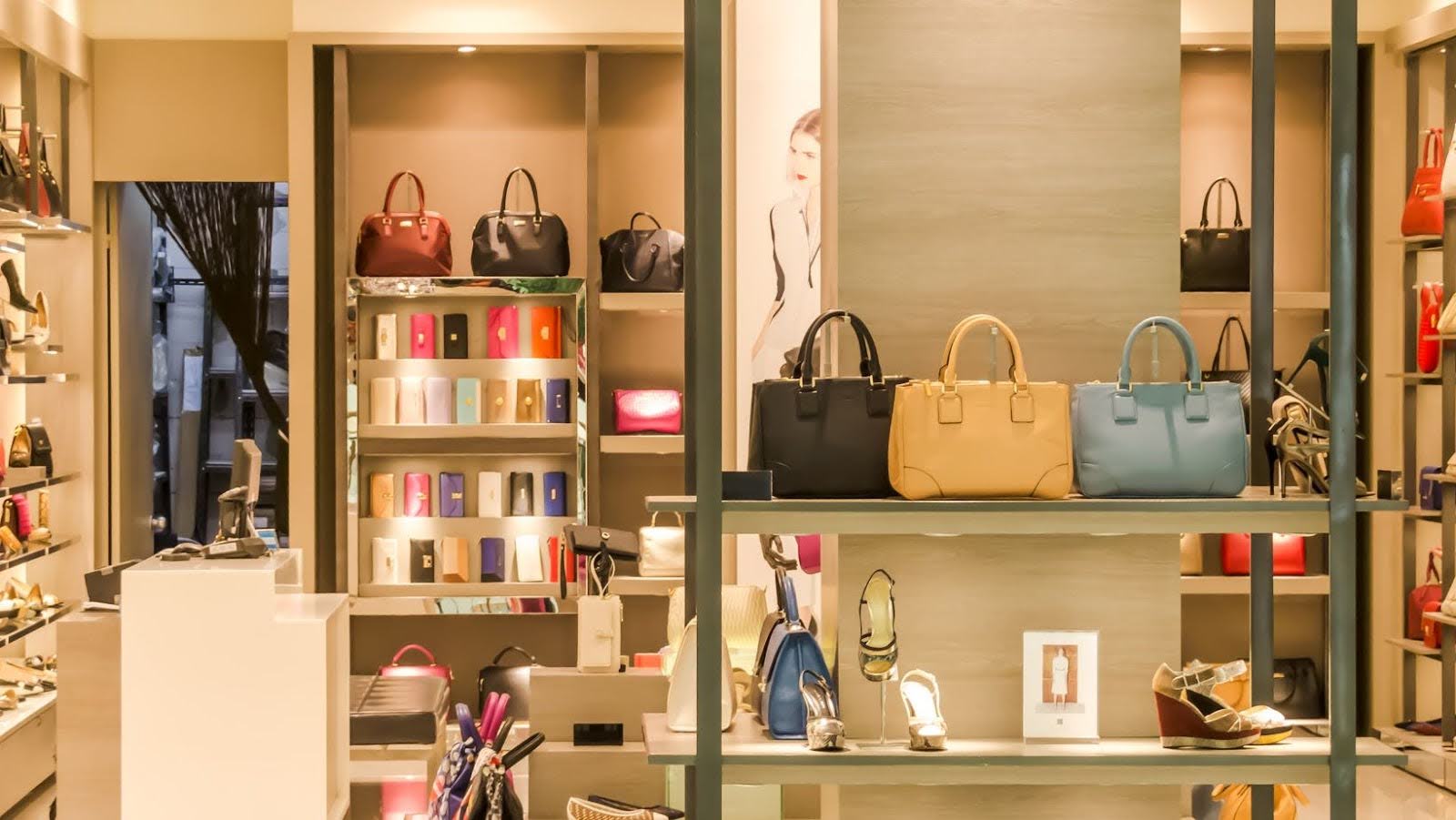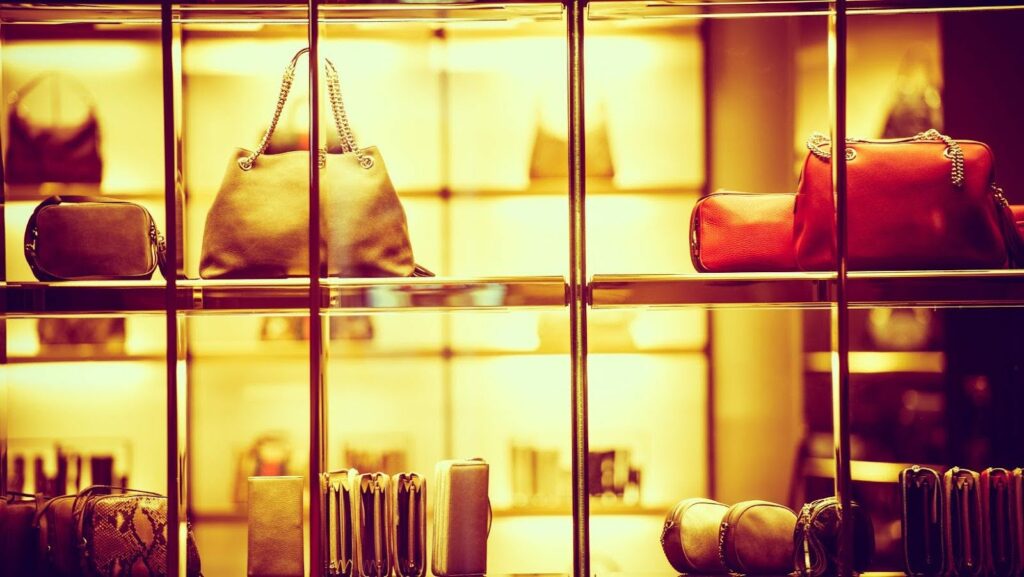In the complex world of finance, economists and investors often look at traditional economic indicators such as GDP, unemployment rates, or consumer price indices to gauge market conditions and predict economic trends. However, less conventional metrics, like the sales trends of luxury goods, can also provide insightful data about the economic landscape and consumer confidence. Understanding these unconventional indicators can offer a unique edge in financial analysis.
One interesting example of such a luxury item is perfumes and their dupes (e.g. santal 33 dupe). Such goods, beloved in markets typically reserved for high-end consumption, serve as a case study in how luxury goods can reflect broader economic health. During times of economic expansion, consumers are more willing to indulge in premium products. Conversely, a downturn in luxury goods sales often precedes broader economic declines, indicating waning consumer confidence and discretionary spending.
The Role of Luxury Goods in Economic Forecasting
Luxury goods, including high-end fragrances, designer apparel, and fine jewelry, function as leading indicators of economic health. These items are highly sensitive to changes in the economic environment due to their non-essential nature. When consumers feel financially secure, sales of luxury items tend to increase as discretionary spending grows. This uptick is often an early sign of a strengthening economy. Alternatively, declines in this sector may signal economic trouble ahead, as consumers prioritize savings and cut back on luxury expenditures.
Consumer Confidence and Luxury Spending
Consumer confidence is directly tied to luxury goods expenditure. This confidence is measured by the extent to which people feel optimistic about the stability of their incomes, which influences their purchasing decisions. High confidence levels suggest that consumers are more likely to invest in luxury items, viewing such purchases as justifiable expenses rather than extravagant splurges. Financial analysts monitoring these trends can gain insights into the general economic sentiment and potential shifts in consumer behavior.
Investment Opportunities in the Luxury Sector
For investors, the luxury goods market can present lucrative opportunities, especially in times of economic recovery. Companies that produce luxury items often see their stock prices increase with rising consumer demand. Therefore, tracking the performance of leading companies in the luxury goods industry can be a useful strategy for anticipating market trends and making informed investment decisions.

Moreover, investing in luxury brands often offers the added benefit of holding stocks that may exhibit resilience during economic downturns, as the wealthiest consumers tend to maintain their spending habits even in less favorable economic conditions.
Challenges in Relying on Luxury Goods as Economic Indicators
While luxury sales can provide valuable insights, there are inherent challenges in using such data for economic prediction. The luxury market can be volatile, influenced by factors beyond typical economic conditions, such as changing fashion trends or shifts in consumer preferences. Additionally, global events like geopolitical tensions or pandemics can disproportionately affect luxury sales, complicating the correlation between luxury goods trends and overall economic health.
Strategic Planning for Financial Success
For financial strategists and investors, incorporating the analysis of luxury goods sales into broader economic assessments requires a nuanced understanding of both market dynamics and consumer psychology.

By balancing traditional economic indicators with these less conventional metrics, financial professionals can develop a more comprehensive view of the economic landscape.
Enhancing Financial Insights with Luxury Market Trends
Ultimately, the study of luxury goods like premium perfumes, exclusive apparel, and high-end accessories provides a fascinating lens through which to view the broader economy. These products do more than serve the needs and desires of the affluent; they act as barometers for economic change, offering clues to shifts in consumer sentiment and financial health. For those engaged in the financial sector, paying attention to these trends not only enriches understanding but also sharpens competitive edges in a market where knowledge truly is power.

